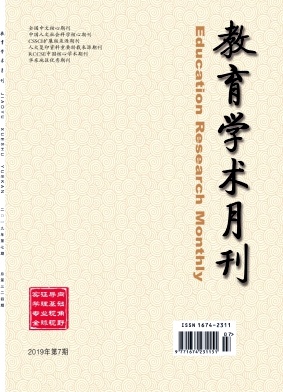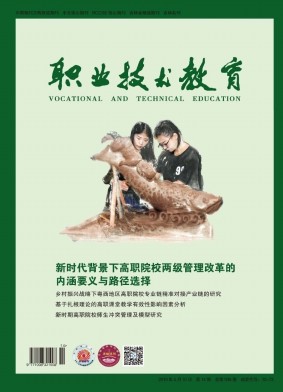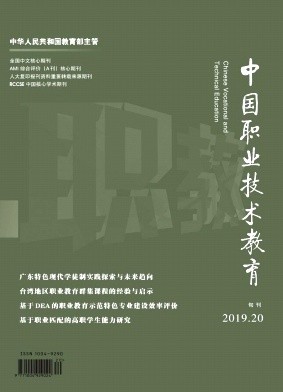摘要 国家经济发展由初期走到创新阶段需要创造性人才来驱动,这是对"钱学森之问"的反思与现实回应,也是"双一流"大学建设发展的必然要求,培养创造性人才在大学教育中需要知识、好奇心、价值观的有机共融;以一级学科风景园林学为例,在3个层面探索构建适合风景园林学科特点的创造性人才的培养模式:知识层面进行学科交叉与整合;好奇心层面以多种授课方式保持学生对新鲜事物的渴求以及丰富的想象力;价值取向层面激发学生对专业的理想与激情,以此积极回应大学创造性人才培养的现实需求,以期不断完善多维共融的大学教育价值链。 The national economic development needs to be driven by creative talents from the initial stage to the innovation stage. This is the inevitable requirement for the reflection and realistic response of the "Qian Xuesen’ s question".Cultivating creative talents requires an organic integration of knowledge, curiosity, and values in university education.Taking landscape architecture as an example, this paper explores the cultivation mode of creative talents suitable for the characteristics of landscape architecture at three levels: At knowledge training level,promoting the integration of interdisciplinary and cross-border resources;At curiosity training level, the path mode transforms the teaching thinking to protect the students’ curiosity and imagination;At the value orientation training level,stimulates the students’ professional ideals and passions, so as to actively respond to the realistic needs of the university creative talents training, in order to continuously improve the multi-dimensional communicative university education value chain.
出处 《创意与设计》 2020年第6期70-74,共5页 Creation and Design
基金 国家自然科学青年科学基金项目(51708298) 校级教育教学改革研究立项项目(2019Y014)
分类号 G63 [文化科学—教育学]




